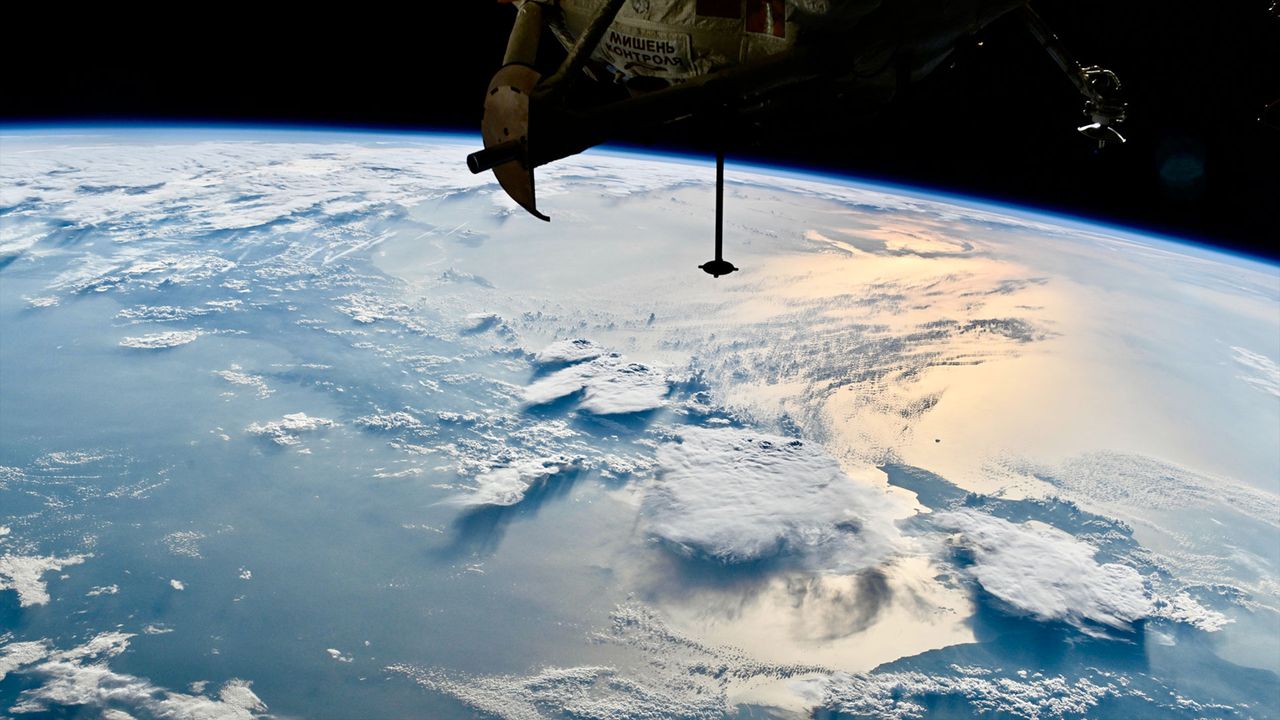The crew of Expedition 73 aboard the International Space Station (ISS) has maintained its rigorous research and maintenance schedule despite the ongoing U.S. government shutdown. From September 29 to October 3, 2025, astronauts focused on critical scientific experiments and the upkeep of the station’s systems.
Kimiya Yui, a flight engineer with the Japan Aerospace Exploration Agency (JAXA), shared insights into the crew’s daily activities via social media. On October 2, Yui remarked, “Today was a busy day as well, but I was able to take some photos in between workouts.” He noted the crew’s passing over Japan’s Honshu, allowing those on the ground to wave at the ISS as he conducted strength training.
Scientific Endeavors on the ISS
Research conducted during this period included several significant experiments. For instance, Jonny Kim, a NASA astronaut, activated the State-of-the-art Humidity Removal in Microgravity Payload (SHRIMP), which aims to extract moisture from the station’s atmosphere for potential reuse. This technology could enhance resource management in future space missions.
Another notable project involved the Heat Transfer Host 2 experiment, led by Mike Fincke. This experiment investigates the condensation process when gas transforms into liquid, providing valuable data that could improve thermal systems for deep-space crewed missions.
Additionally, NASA flight engineer Zena Cardman installed new sample cassettes for the Advanced Space Experiment Processor-4. This research is focused on the production of pharmaceuticals in microgravity, potentially revolutionizing how medications are developed in space.
Maintenance and Preparations
In addition to scientific research, the Expedition 73 crew took time to perform essential maintenance on the ISS. Fincke and Kim configured the European Space Agency’s Fluid Science Laboratory, which studies fluid physics in microgravity. They replaced electrical cables and assembled components necessary for ongoing experiments.
Moreover, Fincke installed the TransAstra Fly Trap Capture Bag Demo in the NanoRacks Bishop airlock. This device aims to demonstrate its capability to capture and dispose of space debris, a growing concern for space agencies worldwide.
Other tasks included adjustments to the Electrostatic Levitation Furnace, where Yui changed out specimen handling hardware to prepare for upcoming experiments that require high-temperature environments.
As of October 3, 2025, the ISS is home to seven crew members, including Expedition 73 commander Sergey Ryzhikov from Roscosmos and fellow cosmonauts Alexey Zubritsky and Oleg Platonov. The team is complemented by NASA’s Kim, Cardman, and Fincke, alongside JAXA’s Yui.
The ISS currently has two docked crew spacecraft: SpaceX’s Dragon “Endeavour” and Roscosmos’ Soyuz MS-27. Additionally, four cargo spacecraft are attached, including Progress MS-31 and Progress M-32 from Roscosmos, SpaceX’s CRS-33 Dragon, and Northrop Grumman’s NG-23 Cygnus XL, named “S.S. William C. ‘Willie’ McCool.”
The ISS has been continuously crewed for an impressive 24 years, 11 months, and 1 day as of this report, showcasing humanity’s enduring presence in space. Despite challenges on Earth, the work conducted in orbit remains critical for advancing our understanding of science and technology in extreme environments.





































































